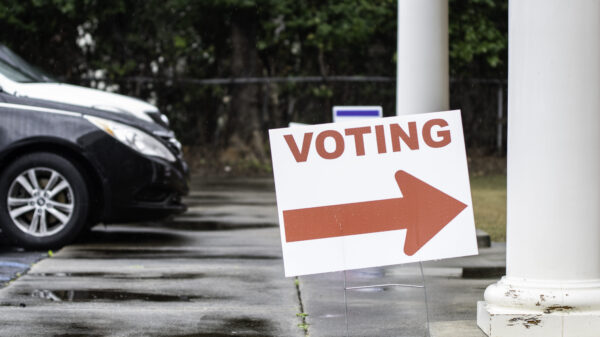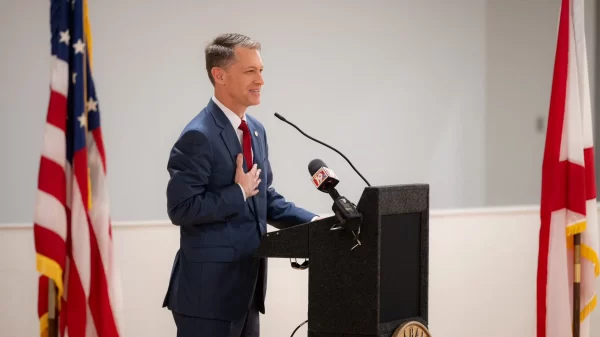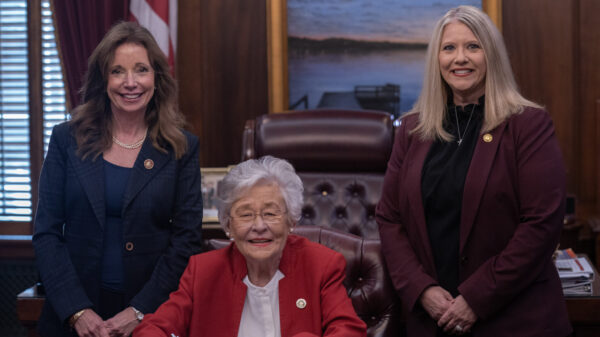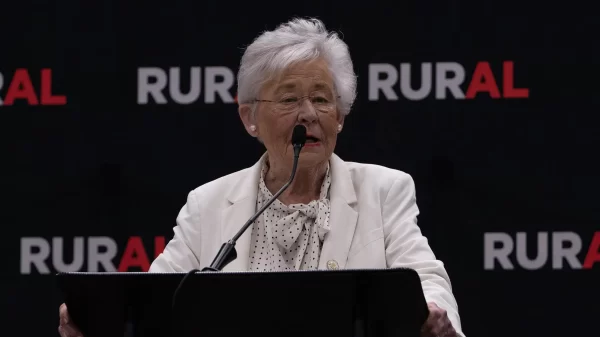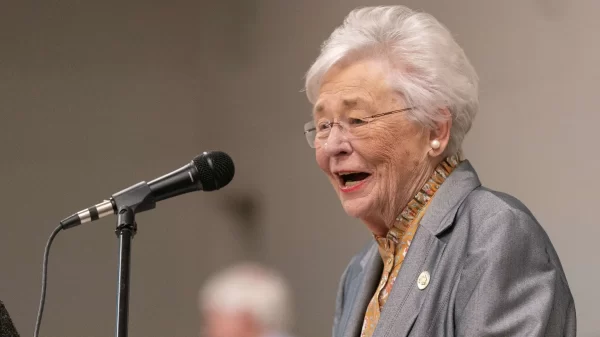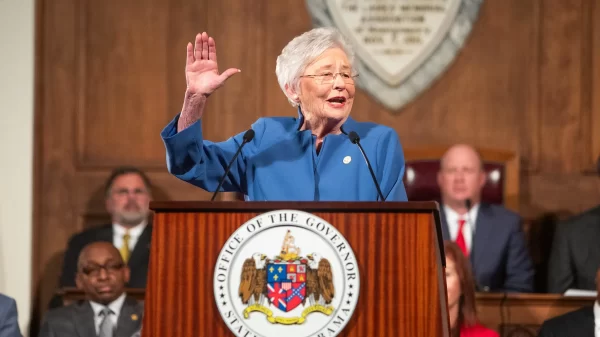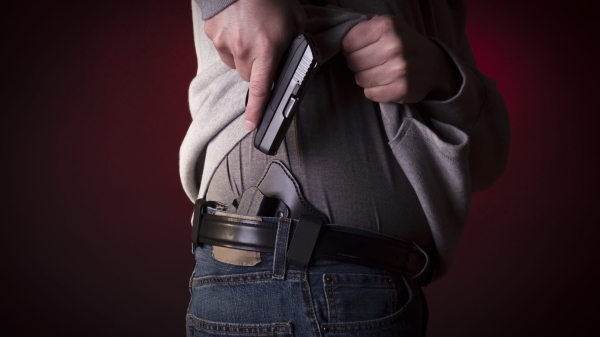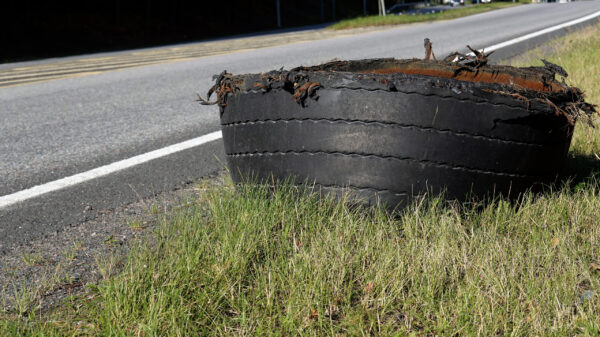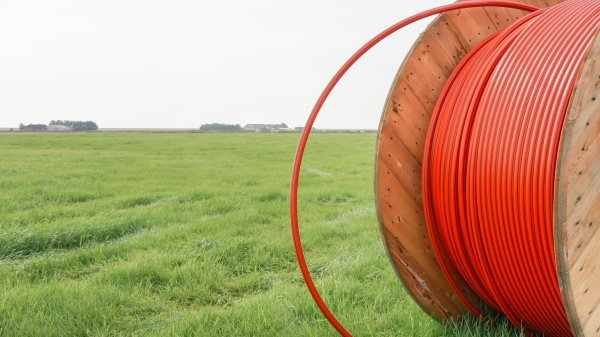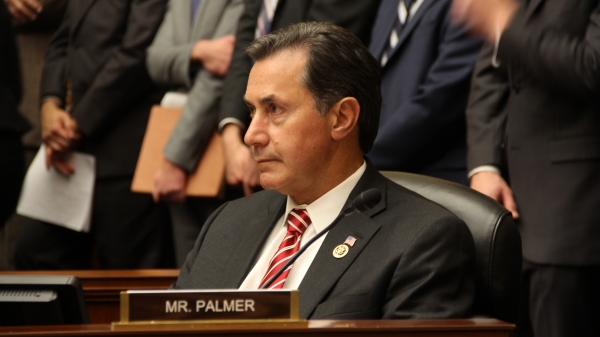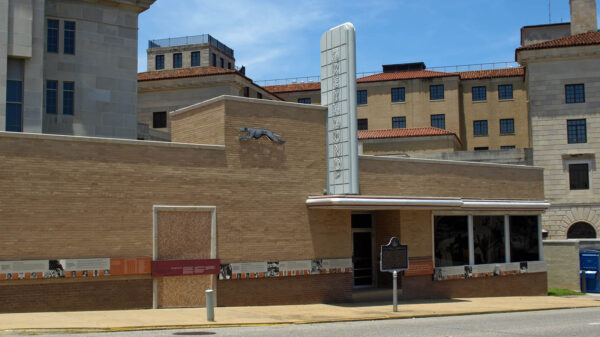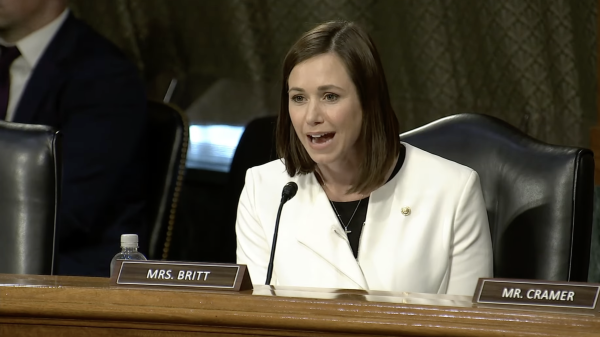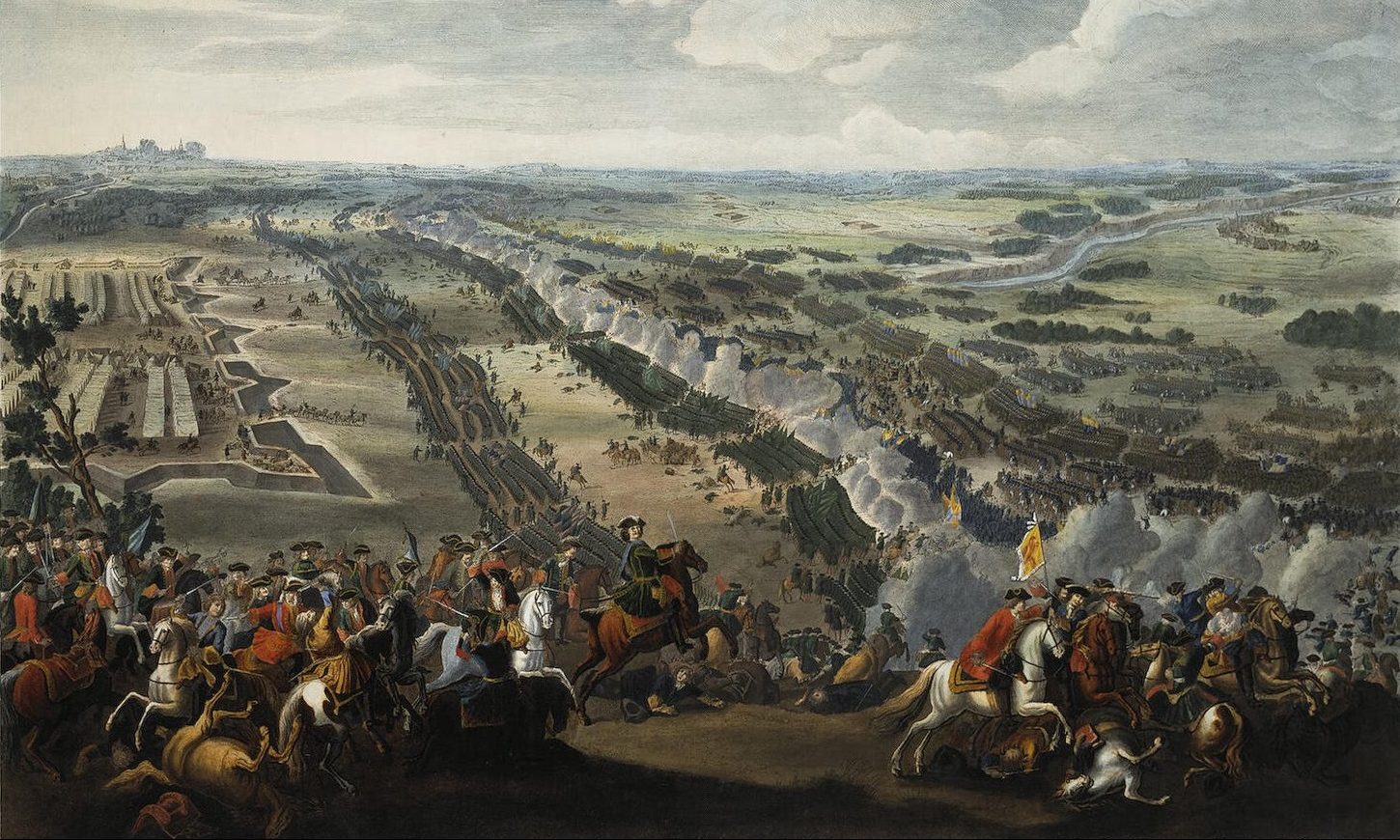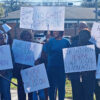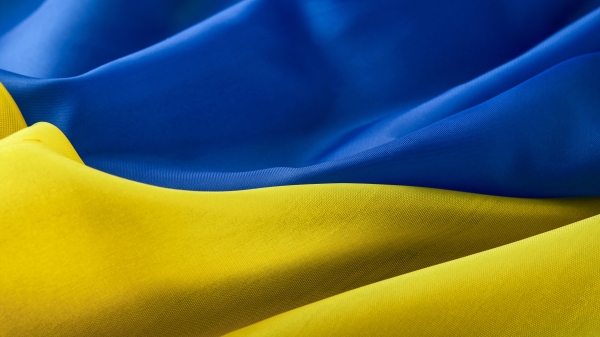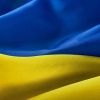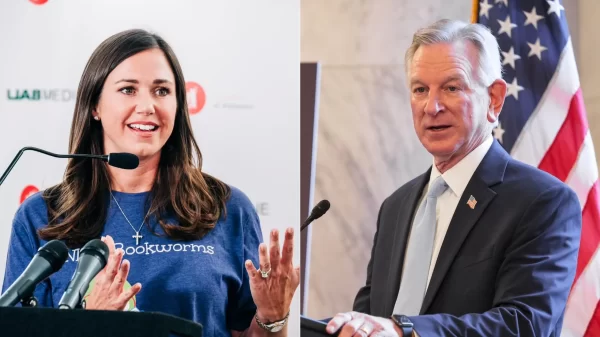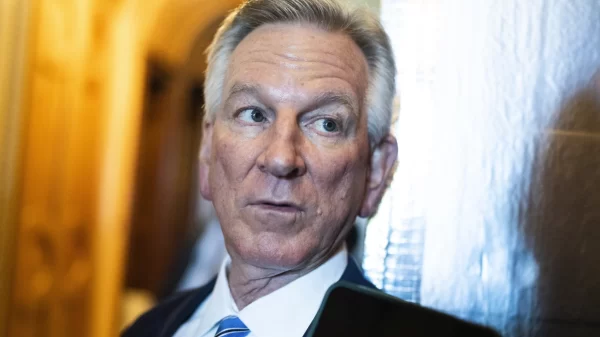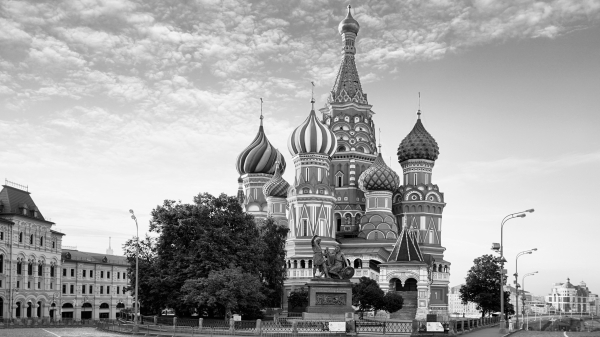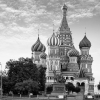While not widely popularized today, Czar Peter I’s defeat of King Charles XII at Poltava was a major turning point in the Great Northern War and effectively led to the end of the Swedish Empire and established Russia firmly as one of the elite world powers. A position they have enjoyed to the present.
There had been fighting between the Scandinavian countries, the Poles, the Germans, the Lithuanians, and the Russians periodically really since the eight century. Russia, Poland, and Sweden clashed repeatedly in the 15th and 16th centuries.
In 1697 Swedish King Charles XI died, propelling Charles XII to the throne at age 14.
Eager to test the boy-king’s ability, Denmark-Norway under King Frederick IV, Poland-Saxony-Lithuania under Augustus II, and Russia under Czar Peter I formed an anti-Sweden alliance and all attacked the Swedish Empire in 1700. Unfortunately for them, they had all underestimated the boy and he turned out to be one of those rare gifted military commanders.
Charles XII took personal command of his armies. While the Danes had invades Schleswig and Holstein to their south, Charles invaded Denmark itself landing his army near the capital of Copenhagen defeating the Danes at the Battle of North Zealand. Copenhagen was caught between the victorious Swedish army and a naval bombarded from the sea by the Swedish, Dutch and English navies.
The Danes were quickly forced to accept peace terms. Charles then transported his army across the Baltic where a massive Russian army was besieging the small Swedish garrison at Narva. Charles destroyed the much larger Russian force, then went to Poland, where he won a major victory over Augustus II at Riga in 1701 and then took Warsaw, the capitol, in 1702. In 1706 he routed the Russians who fled Poland leaving their artillery behind in the retreat. In 1707 Charles XII invaded Saxony and forced Augustus II to accept peace terms with Sweden. Russia now stood alone and was having to deal with a Swedish supported Cossack rebellion in the Ukraine.
By 1707 the Swedish Army had swollen to over 120,000 men and was one of the largest, most battle hardened, and professional armies in the world at the time and it was led by a young military genius who did not drink, did not like court, condemned the decadence of other monarchs, and liked life best when he was campaigning from his horse. Czar Peter I offered very generous peace terms in which he would surrender all of Russia’s Baltic territories to Sweden except for St. Petersburgh. The young warrior-king refused those terms.
In August 1707 Charles XII invaded Russia with 44,000 Swedish troops. Peter had been defeated by the young king’s tactical brilliance before and was not making that mistake again. Instead of engaging in a decisive battle and risk having Sweden dictate terms, Peter began a slow retreat burning or looting everything in the Russian countryside that could be of use to the Swedish invaders. Charles took the city of Grodno in January 1708 Charles kept driving deeper and deeper into Russia; but never was able to force Peter into that decisive winner take all battle. Charles spent much of 1708 driving on towards Moscow.
On September 28, 1708 Peter intercepted a Swedish column under General Adam Lewenhaupt bringing supplies and re-enforcements that was seeking to join Charles main force. While the battle of Lesnaya was inconclusive most of the Swedish supplies, wagons, over 4,000 men, and all the artillery were lost. On October 28, 1708 the Hetman of the Zaporozhian Cossacks Ivan Mazepa switched sides from the Russians to the Swedes. Charles XII now turned south to join his new ally. The ruthless Russian General Aleksandr Menshikov arrived there first and sacked the Cossack capitol of Baturyn. Menshikov’s troops killed all the defenders, massacred many civilians, looted or destroyed all of the food and weapons and burned the city before Charles XII and his Swedes arrived. Most of the Cossacks stayed loyal to Peter.
Failing to secure either a decisive battle with Peter or capture the Russian capitol, Charles was forced to winter in Ukraine. The winter of 1708-1709 was the coldest winter in the last 500 years.
The long intense winter kept Charles in camp into late Spring, but by late spring his army was back on the march. Charles decided that his next objective would be the Russian fortress at Poltava. By now the Swedish Army was down to less than 24,000 men, plus 6,000 Cossack and Polish irregulars. A revolt by the Polish-Lithuanian Confederation meant that Swedish re-enforcements could not be sent.
Poltava was defended by a garrison of just 4,200 Russians and 2,000 Cossacks; but the hard campaigning of 1708 and the Battle of Lesnaya had left the Swedes with just 34 cannons which meant that the Russians with 28 had almost an equal number.
Peter realized that Charles was besieging Poltava. He then moved his Russian Army, which had swelled to over 52,000 troops plus 26,000 Cossack and Kalmyk irregulars, to relieve Poltava. When Peter arrived, he chose not to attack. Instead he began building a fortified camp, and ten redoubts.
While personally scouting the Russian positions, Charles XII was shot in the foot. The wound was bad and almost killed him. He recovered but could not stand and could not lead his troops in the coming battle. Charles turned over command to Field Marshall Carl Rehnskiold.
The Swedes attacked just before dawn on July 8, 1709. Gen. Carl Roos’ battalions quickly overran two of the Russian redoubts killing every defender inside; but the third one proved difficult. On the right, Lewenhaupt’s battalions bypassed some of the redoubts while others were attacked and taken with the help of the cavalry. The Swedish cavalry and an infantry regiment flanked the redoubts completely and attacked the Russian cavalry, who retreated. Some of the Lewenhaupt’s Swedish infantry had reached the Russian fort itself; but they were ordered to withdraw to the west and the cavalry advance was ordered to halt by Rehnskiold who wanted to wait for Gen. Roos’s troops some of which had joined Lewenhaupt’s units in the confusion of the fighting. They waited for two hours.
Roos with six of his battalions meanwhile were throwing assault after assault at that third redoubt without success. Eventually, the Russians attacked Roos with ten regiments and retook the first two redoubts. Roos’s force was eventually pushed back to the woods where they eventually surrendered. The rest of the Swedes were still waiting on Roos to join them, unaware that he had surrendered.
Peter now led the main Russian infantry force of 42 regiments (22,000 troops) out of the fort backed by almost 87 cannons . The Russians began to advance. Rehnskiold ordered Lewenhaupt and the remaining Swedish infantry to advance on the much larger Russian force.
When the Swedes got within 550 yards the Russians began opening up with all of their cannons. When the Swedes got within 55 yards, four rows of Russian musketeers opened up on the Swedish line in one volley. The Swedes fired a return volley and then charged with their musketmen and pikemen. They broke through the first line of Russians; but lacked the cavalry support for a breakthrough. The Russian line extended well beyond the Swedish line on both the right and left flanks. The Swedish left flank threw down their weapons and fled while the right attacked. Eventually a hole open between the right flank and the Swedish center and Russians poured through the breach. The Russian cavalry under Gen. Menshikov attacked the Swedish flanks and rear. The Swedish cavalry vainly tried to engage the Russian infantry; but they formed up into defensive squares.
Observing the disaster from the rear, Charles XII ordered a retreat. He then ordered the siege on Poltava lifted. He and Mazepa gathered what forces they could including surviving elements of the Swedish cavalry with the baggage train and fled south. About half of the Swedish force was killed or captured on the battlefield that day. Lewenhaupt gathered most of the surviving Swedish infantry and their Cossack allies and they marched south; but the Russians caught up with them at the Dnieper River.
Peter held a banquet for Field Marshall Rehnskiold and the other captured officers. He sent thousands of captured Swedes to Siberia.
Charles XII managed to avoid capture and flee with 1,500 troops all the way to Moldavia which was under control of the Ottoman Empire. He lived in exile for five years until managing to bribe his way out of Turkish custody. The victory had the desired effect and Denmark-Norway, Saxony, and the Polish-Lithuanian confederation rejoined the war. The Ottoman’s joined the side of Sweden for about four years. Peter now took the offensive taking Riga, then the largest city in the Swedish Empire, in 1710. He campaigned extensively in the Baltic countries. In 1715 Prussia and Hanover joined the war on the side of Russia. In 1717 Great Britain did. Charles XII died in 1718 besieging Fredriksten in Norway. Great Britain changed sides again in 1719.
The Great Northern War ended in 1721 after 21 years.
Peter I is remembered as Peter “the Great’ and is widely regarded as the most capable of the Russian Czars.,
(Wikipedia and Britannica were consulted in the writing of this article.)

